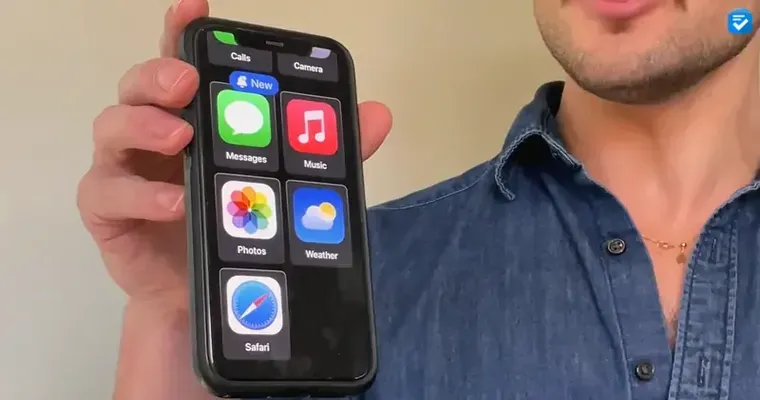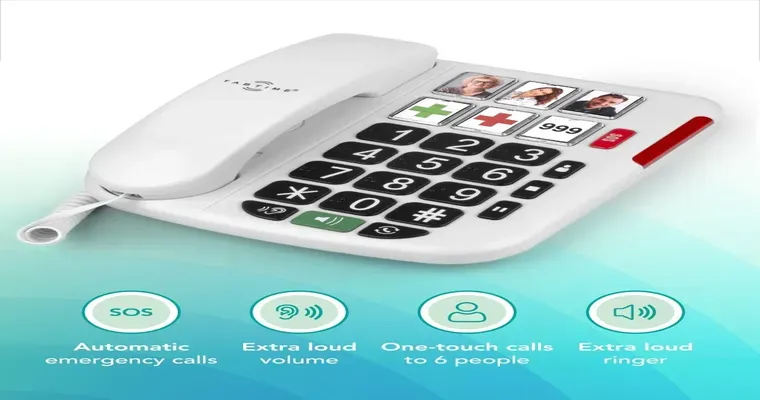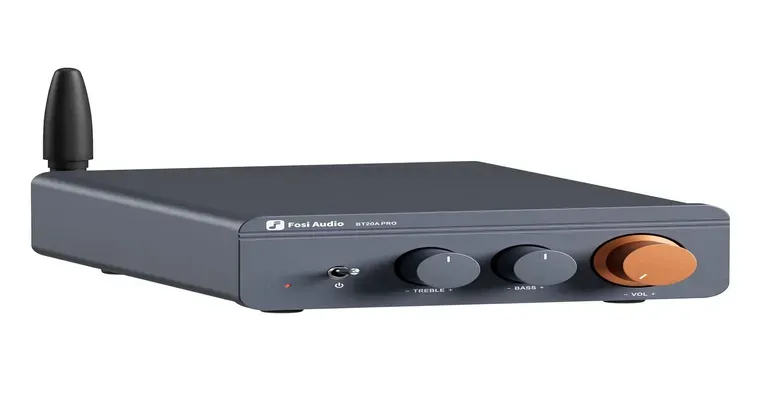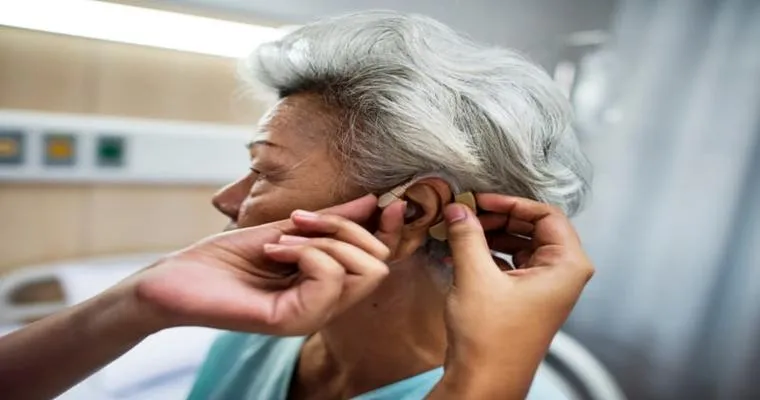As the population ages, the need for effective communication tools for "elderly people" with "hearing problems" becomes increasingly important. One innovative solution that has emerged is a device specifically designed to display "one-way visual text messages" on a "large screen". This technology aims to bridge the communication gap for those who may struggle with traditional audio-based devices, providing a clear and accessible way to receive important information.
Understanding the Need
Hearing loss affects millions of elderly individuals, making it difficult for them to engage in conversations, follow instructions, or receive emergency alerts. Traditional communication methods often rely heavily on sound, which can leave those with hearing impairments feeling isolated and disconnected. A device that focuses on visual text messages can significantly enhance their ability to stay informed and connected with family, friends, and caregivers.
How It Works
The device in question typically features a "large screen" that can display text messages sent from a smartphone, tablet, or computer. Users can receive messages about appointments, medication reminders, family updates, and emergency notifications without relying on sound. The interface is designed to be user-friendly, ensuring that even those who are not tech-savvy can navigate it with ease.
Key Features
1. "Large Display:" The device usually comes with a screen size that makes it easy to read from a distance, accommodating those with visual impairments as well.
2. "Simple Interface:" Most devices are designed with straightforward controls and menus, making them accessible for elderly users.
3. "Customizable Text Size:" Users can often adjust the text size for better visibility, catering to individual preferences and needs.
4. "Connectivity Options:" Many devices can connect to Wi-Fi or mobile networks, allowing for real-time updates and communication.
5. "Notifications and Alerts:" The device can be programmed to display important reminders and alerts, keeping users informed about critical information.
Benefits of Using Visual Text Message Devices
The primary advantage of these devices is their ability to provide "real-time communication" while accommodating the unique needs of elderly individuals with hearing problems. They offer several benefits, including:
"Improved Communication:" Family members and caregivers can send messages directly to the device, ensuring that important information is conveyed promptly.
"Increased Independence:" By enabling elderly individuals to receive messages without relying on others, these devices can enhance their sense of autonomy and self-sufficiency.
"Reduced Isolation:" Staying connected with loved ones and receiving timely updates can help combat feelings of loneliness and isolation often experienced by the elderly.
Conclusion
In conclusion, the development of a device that displays "one-way visual text messages" on a "large screen" offers a promising solution for elderly people with "hearing problems". By prioritizing visual communication, these devices can help improve the quality of life for seniors, ensuring they remain informed and engaged with their surroundings. As technology continues to advance, it is essential to explore innovative solutions that cater to the unique needs of our aging population, ultimately enhancing their communication abilities and overall well-being.





